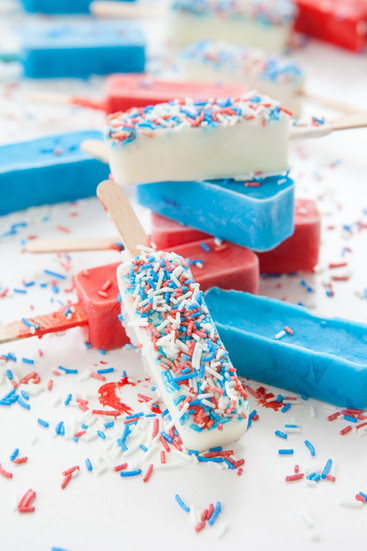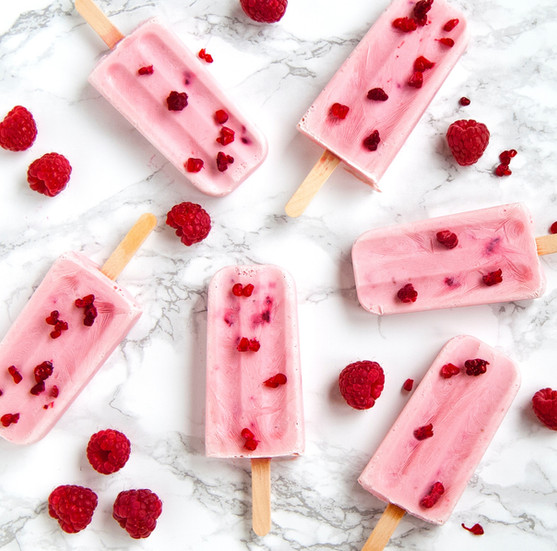The Frozen Food Aisle: Still Cool After All These Years 🧊
- ankeshgamit
- Jul 19
- 3 min read
The frozen food aisle is a staple of American grocery stores, a chilly wonderland of everything from pizza and ice cream to fruits and gourmet meals. It's an industry built on convenience and innovation, and it's hotter than ever. Let's take a look at the state of the frozen food industry in the USA.
A Flash-Frozen History 📜
The concept of freezing food for preservation isn't new, but the modern frozen food industry owes its existence to one man: Clarence Birdseye. In the 1920s, while working as a naturalist in the Arctic, he observed that fish frozen instantly in the extreme cold tasted fresh when thawed. He realized that rapid freezing created smaller ice crystals, which didn't damage the food's cell structure like slow freezing did.
By 1930, he had perfected his "flash-freezing" method and introduced the first line of frozen foods to the American public. Though it took a while to catch on—mostly because few people owned freezers—the post-WWII boom in home appliances made frozen food a household convenience.
The State of the Market Today 📊
The U.S. frozen food market is a behemoth. In 2024, it's valued at over $70 billion and continues to see steady growth. It's no longer just about TV dinners and fish sticks. The market is incredibly diverse.
Key segments include:
Frozen ready meals: This is the largest category, driven by busy lifestyles.
Frozen meat, poultry, and seafood: A core staple in many American freezers.
Frozen snacks and appetizers: Think pizza rolls, mozzarella sticks, and wings.
Frozen fruits and vegetables: Increasingly popular for their convenience and preserved nutritional value.
Frozen desserts: Ice cream, frozen yogurt, and other sweet treats remain perennial favorites.
Major players like Nestlé (via Stouffer's and Lean Cuisine), Conagra Brands (via Birds Eye and Marie Callender's), and Tyson Foods dominate the landscape, but there's a growing space for smaller, innovative brands.
What's Driving Growth? 🚀
Several factors are fueling the freezer aisle's continued success:
Convenience is King: In a fast-paced world, the ability to have a meal ready in minutes is a huge selling point.
Health and Wellness: The perception of frozen food is changing. Consumers are now finding a wealth of healthy options, including organic vegetables, plant-based meals, and low-calorie entrees. Flash-freezing locks in nutrients, often making frozen produce more nutritious than "fresh" produce that has traveled long distances.
Innovation: The industry is constantly innovating. From new global cuisines and gourmet meal kits to advanced steaming technology in microwaveable bags, the quality and variety have never been better.
Reduced Food Waste: Frozen foods have a much longer shelf life than their fresh counterparts, helping households reduce food waste and save money.
Challenges and Future Opportunities 🔮
It's not all smooth sailing. The industry faces challenges like supply chain disruptions and rising transportation costs. There's also a growing consumer demand for sustainable packaging to reduce plastic waste.
However, these challenges create opportunities. The future of frozen food is exciting!
Look out for:
Greater Personalization: More options for specific dietary needs like gluten-free, keto, and vegan.
Gourmet and Premium Offerings: Chef-inspired meals that rival restaurant quality.
Eco-Friendly Packaging: A shift towards recyclable and compostable materials.
Direct-to-Consumer (DTC) Models: Subscription services delivering curated frozen meals right to your door.
The frozen food industry has proven its resilience and ability to adapt. From its icy beginnings to its current hot streak, it's clear that the freezer aisle will remain a cornerstone of American kitchens for years to come.











Comments